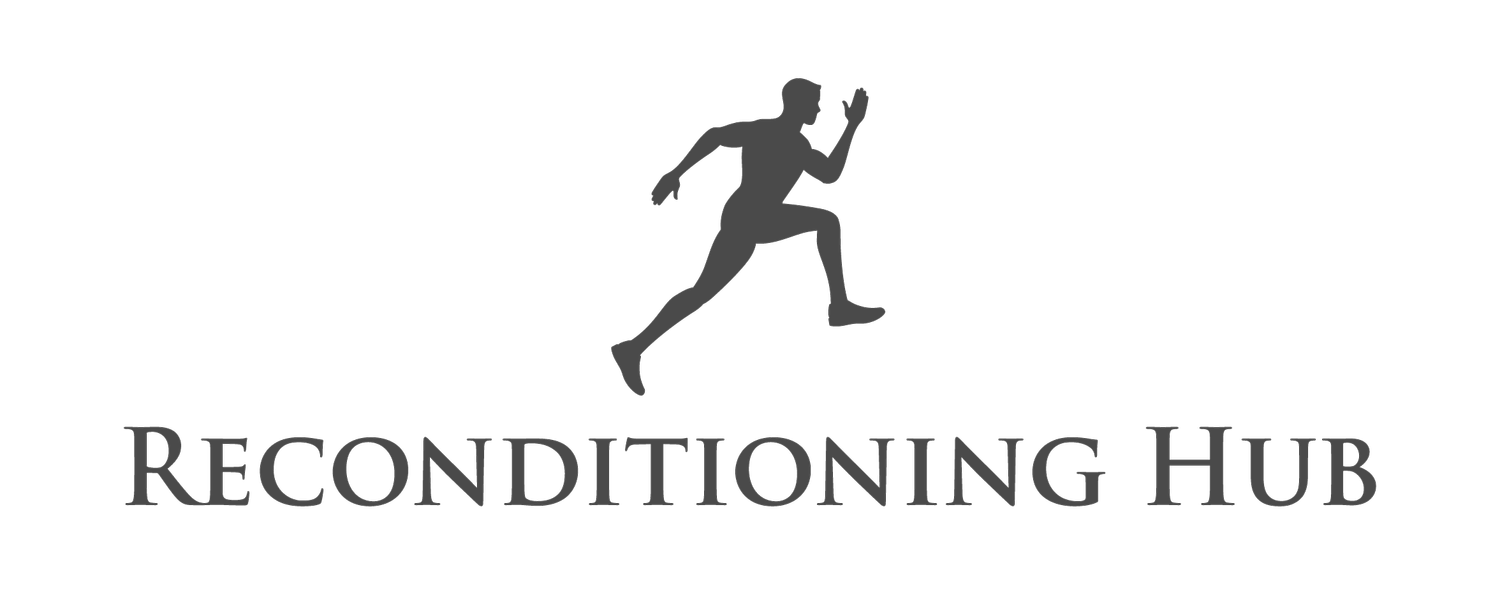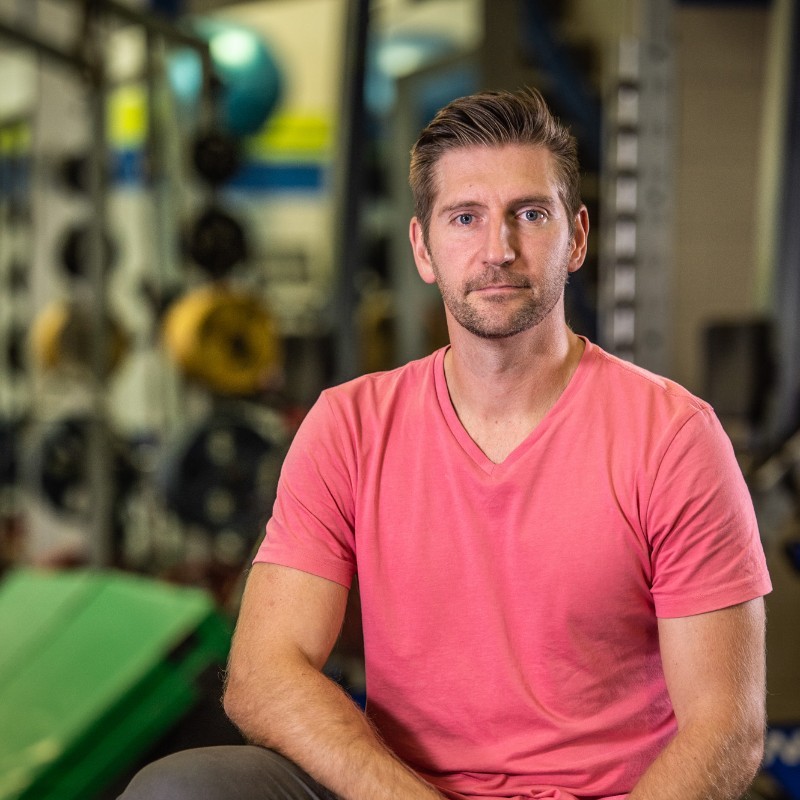

The Early Years: The start of the journey…
It has been 22 years since I decided to start Kinesiology at York University in Toronto. A lot has transpired since I first set foot on York University’s campus. I have many stories and nuggets of wisdom to share as this blog evolves, but first I wanted to give a bit of an overview of the different stages in my life that have led me to start Reconditioning Hub. So for today, let's go back to the early years that ignited a flame in me to want to stand in the gap between pain and performance.
From an early age, sports and movement were my passion. I loved the competitive environment. It was something I thrived in. I excelled in hockey and baseball. I lived and breathed the idea that more was better and no pain was no gain. This served me well for most of my youth, but it caught up with me when I was 17 years old. The wear and tear of playing multiple sports with little to no recovery caught up with me. Baseball became impossible as I could no longer make a throw from second to first without excruciating pain. Not a hockey game or practice would go by without me subluxing my shoulder. My only solution, I was told, was surgery to repair the severely torn labrums and rotator cuffs in both my shoulders. The surgeon would only do one at a time as he said the rehab would be too difficult if both were repaired together. I elected to have my right one (which was symptomatically my worst one) done first. The timing of this surgery put any future I may have had in sports to an end. My initial rehab was at a typical “physio” clinic. The usual electrical modalities and ice packs with some theraband work. After months, frustrated with the poor progress I decided to switch where I was doing my rehab to a facility called The High Performance Specialists in Toronto. It was unique at the time in that it had a gym on the lower level of the building and a full-service therapy clinic on the second floor. This clinic was owned by Dr. Michael Clarfield (the Toronto Maple Leafs head physician at the time) and Chris Broadhurst (the Head Athletic Therapist for the Toronto Maple Leafs at the time). I would take the subway 90 minutes every day to Yonge and Davisville for appointments with a Physiotherapist, Athletic Therapist, or Massage Therapist, and train on the lower level under the supervision of Coach Dennis Lindsay. This was a turning point in my rehab. Dennis Lindsay played a major role in my rehab and the direction I took my life. Thanks, Coach Lindsay! Through this experience, I learned that movement and training are vital to rehabilitation and performance. I felt stronger and more confident in all aspects. Things went so well that I no longer felt the need to have surgery on my other shoulder. This experience piqued my interest in therapy and strength and conditioning. This led me to pursue a career in Kinesiology and Athletic Therapy at York University.
After being accepted into York University for Kinesiology, I knew I wanted to incorporate strength and conditioning with therapy into my education. To specialize in these areas at York University you had to apply to certificate programs after your first year of studies. The certificate program that was focused more on exercise physiology, as well as strength and conditioning, was called Fitness Assessment and Exercise Counselling. The certificate program that focused more on therapy was called Athletic Therapy. I naively applied to both thinking that I could do both. I soon found out that I had to choose one or the other. My passion was more with the exercise component as this is what seemed to help me recover from my shoulder surgery the most. However, the Athletic Therapy Certificate set me up to be recognized by a national governing body known as the Canadian Athletic Therapist Association (CATA). I understood the value in this and decided to pursue this path, but I was a little disillusioned as to why these two streams could not be merged.
5 years after starting university, I completed my degree in Kinesiology and finished Athletic Therapy. My passion for strength and conditioning only grew through university. I developed friendships with others in Athletic Therapy that also shared my passion for Strength and Conditioning like Steve Lidstone (Associate Director, Sports Medicine and Sports Performance at Brock University) and Shawn Jeffers (Athletic Therapist and Strength and Conditioning Coach, George Brown College). After completing my exams to be certified as an Athletic Therapist I also completed my Certified Strength and Conditioning Specialist (CSCS) through the National Strength and Conditioning Association (NSCA). At the time this was the credential that was primarily needed to become a strength and conditioning coach for a university or work in professional sport. Given how divided my educational experience was between therapy and exercise training, I came to believe I would have to pick one for a career. At the time I was unaware of any example of a practitioner who was merging both strength and conditioning with Athletic Therapy into their practice. So I came to believe, just like I had to choose the certificate program in university, that I would have to choose either Athletic Therapy or strength and conditioning as a profession. It was at this point I started to plan how I would become a strength and conditioning coach for a professional sports team. This dream would eventually come true and I even began to see that it may be possible to stand in the gap between pain and performance. I will detail my early career days in my next blog!



